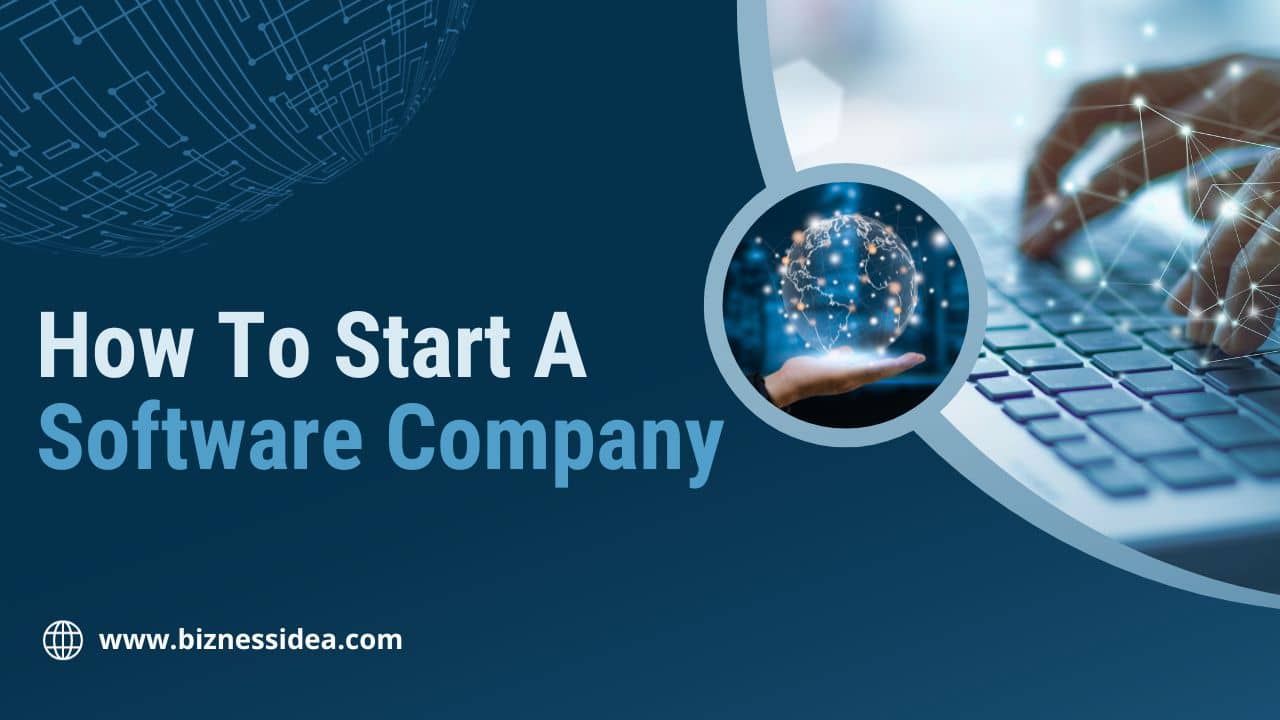In today’s digital-first world, women entrepreneurs are discovering innovative ways to amplify their brand presence. One of the most effective strategies is partnering with micro-influencers for women founders. Unlike celebrities or macro-influencers, micro-influencers have smaller but highly engaged audiences, which allows for authentic interactions and stronger connections.
In this guide, we’ll explore how women founders can leverage micro-influencers to boost brand visibility, build trust, and drive real business results.
What Makes Micro-Influencers Powerful for Women Founders?
Micro-influencers, typically those with 10,000 to 100,000 followers, are trusted voices within their communities. Their followers see them as peers rather than distant celebrities, which creates a level of authenticity and relatability that is hard to achieve with large influencers.
For women-led businesses, this is especially valuable. Micro-influencers can help:
- Establish credibility in niche markets.
- Reach target audiences that are highly engaged.
- Generate word-of-mouth referrals organically.
- Drive conversions with genuine recommendations.
For example, brands like Glossier have successfully collaborated with micro-influencers to create authentic buzz and foster long-term customer loyalty.
Building a Micro-Influencer Strategy for Women Founders

Before you approach influencers, it’s essential to have a clear strategy. Defining goals upfront ensures your campaigns are focused and effective.
Step 1: Define your objectives
- Are you aiming to boost brand awareness, increase website traffic, or drive sales for a specific product?
- Knowing your goals will guide your influencer selection and campaign structure.
Step 2: Identify your target audience
- Who are your ideal customers?
- Which social platforms do they frequent (Instagram, TikTok, YouTube)?
- Understanding your audience helps in selecting influencers who truly resonate with your market.
How to Identify the Right Micro-Influencers for Women Founders
Finding the right micro-influencers is critical. The goal is to collaborate with influencers whose values and voice align with your brand.
Tips for selection:
- Look for influencers with high engagement rates, not just follower counts.
- Check past content to ensure their tone matches your brand personality.
- Use influencer marketing platforms like Upfluence, GRIN, or Klear to filter and find suitable candidates.
- Consider smaller, niche influencers—they often have a loyal and attentive audience.
Remember, authenticity matters. Influencers who genuinely connect with your brand will produce content that feels natural and compelling.
Crafting Campaigns That Resonate With Women-Led Brands
Once you’ve identified the right influencers, collaborate to create content that feels authentic. Avoid overly scripted promotions; instead, let influencers express your brand story in their own voice.
Effective campaign ideas include:
- Product reviews or demonstrations.
- Behind-the-scenes content to showcase your business journey.
- Exclusive offers for the influencer’s audience.
- Storytelling that highlights your mission and values.
The more creative freedom you give influencers, the more engaging and believable the content becomes.
Budgeting and Compensation Models for Micro-Influencers
Micro-influencers offer cost-effective marketing solutions. While they typically charge less than macro-influencers, it’s important to budget appropriately based on engagement and campaign goals.
Ways to compensate:
- Monetary payment based on posts, stories, or videos.
- Free products or services in exchange for promotion.
- Combination of both, depending on campaign scope.
A thoughtful budget ensures you get quality content while fostering long-term relationships with influencers.
Measuring ROI: Are Micro-Influencers Worth It for Women Entrepreneurs?
Tracking the success of your campaigns is vital. Key metrics include:
- Engagement rate (likes, comments, shares).
- Website traffic driven from influencer content.
- Conversions and sales generated.
- Follower growth and brand awareness metrics.
Tools like Sprout Social, Hootsuite, and Google Analytics can help measure these KPIs. Regularly reviewing performance allows you to refine your strategy and maximize ROI.
Building Long-Term Partnerships with Micro-Influencers

Successful micro-influencer marketing isn’t a one-time effort. Women founders should aim to build lasting relationships with influencers.
Benefits of long-term partnerships:
- Consistent brand messaging over multiple campaigns.
- Higher authenticity as audiences recognize repeated endorsements.
- Opportunities for co-created products or initiatives.
Nurturing these relationships strengthens both your brand presence and the influencer’s trust with their audience.
Challenges Women Founders Face with Micro-Influencer Marketing
While the benefits are clear, there are challenges to consider:
- Maintaining consistent messaging – Provide clear guidelines without stifling creativity.
- Measuring true ROI – Engagement is important, but ensure it translates to business goals.
- Finding the right influencer – Not every influencer aligns with your brand values.
By anticipating these challenges, women founders can design more effective campaigns and avoid common pitfalls.
Conclusion
Leveraging micro-influencers for women founders is a powerful strategy to grow brand visibility, engage niche audiences, and drive meaningful results. By defining clear objectives, carefully selecting influencers, crafting authentic campaigns, budgeting wisely, and tracking ROI, women entrepreneurs can unlock the full potential of micro-influencer marketing.
Authenticity, trust, and strategic partnerships are the keys to success—micro-influencers can help women-led brands achieve both.
FAQs
Ques 1. What are micro-influencers for women founders?
Ans. Micro-influencers are content creators with smaller but highly engaged audiences. For women founders, they provide a cost-effective way to reach niche markets authentically.
Que 2. How do women entrepreneurs find the right micro-influencers?
Ans. Use influencer platforms like Upfluence, GRIN, and Klear, and focus on engagement rates, audience alignment, and authenticity.
Que 3. How much should you pay micro-influencers?
Ans. Compensation varies, but a mix of monetary payment and free products often works best. Budget according to engagement and content type.
Que 4. Can micro-influencers drive real sales for women-led brands?
Ans. Studies show that micro-influencers often achieve higher engagement rates than macro-influencers, which translates to increased conversions and customer loyalty.
Que 5. How can I build long-term influencer partnerships?
Ans. Communicate regularly, involve influencers in new campaigns, and provide creative freedom to foster ongoing collaboration and authenticity.













